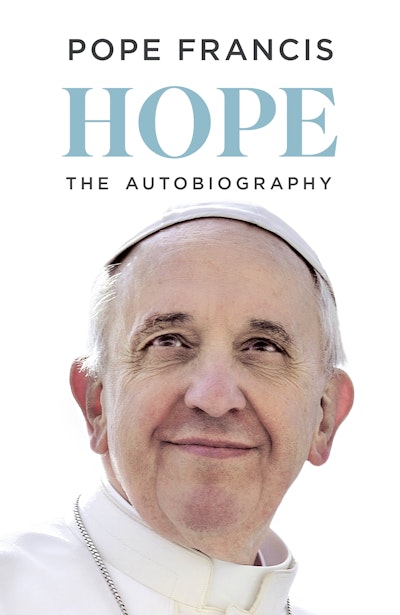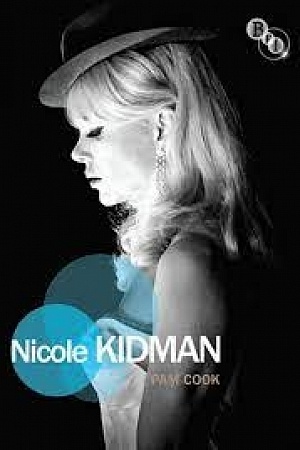Saving Mr Banks
P.L. Travers (1906–96) did her best to keep her private life private. Perhaps her reservations harked back to the days before she penned Mary Poppins (eight novels, 1934–88) when she was a human interest columnist for a daily newspaper. As a writer of both journalism and fiction she knew as well as anyone that hearsay and speculation were quite different from myth and fairy tale. Still, Travers’s life has been the subject of tabloid sensationalism intermittently over the years. Often ignoring the magic and mysticism that flew into the Banks’ lives along with her character Mary Poppins, the press was interested in secret and scandal. There was coarse commentary on the author’s adoption of Camillus Hone, the twin whose brother she neither wanted nor took in, along with her alleged affairs with older men and with women, as though these issues ought to alter public opinion of her literary achievements.
Continue reading for only $10 per month. Subscribe and gain full access to Australian Book Review. Already a subscriber? Sign in. If you need assistance, feel free to contact us.















Leave a comment
If you are an ABR subscriber, you will need to sign in to post a comment.
If you have forgotten your sign in details, or if you receive an error message when trying to submit your comment, please email your comment (and the name of the article to which it relates) to ABR Comments. We will review your comment and, subject to approval, we will post it under your name.
Please note that all comments must be approved by ABR and comply with our Terms & Conditions.